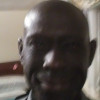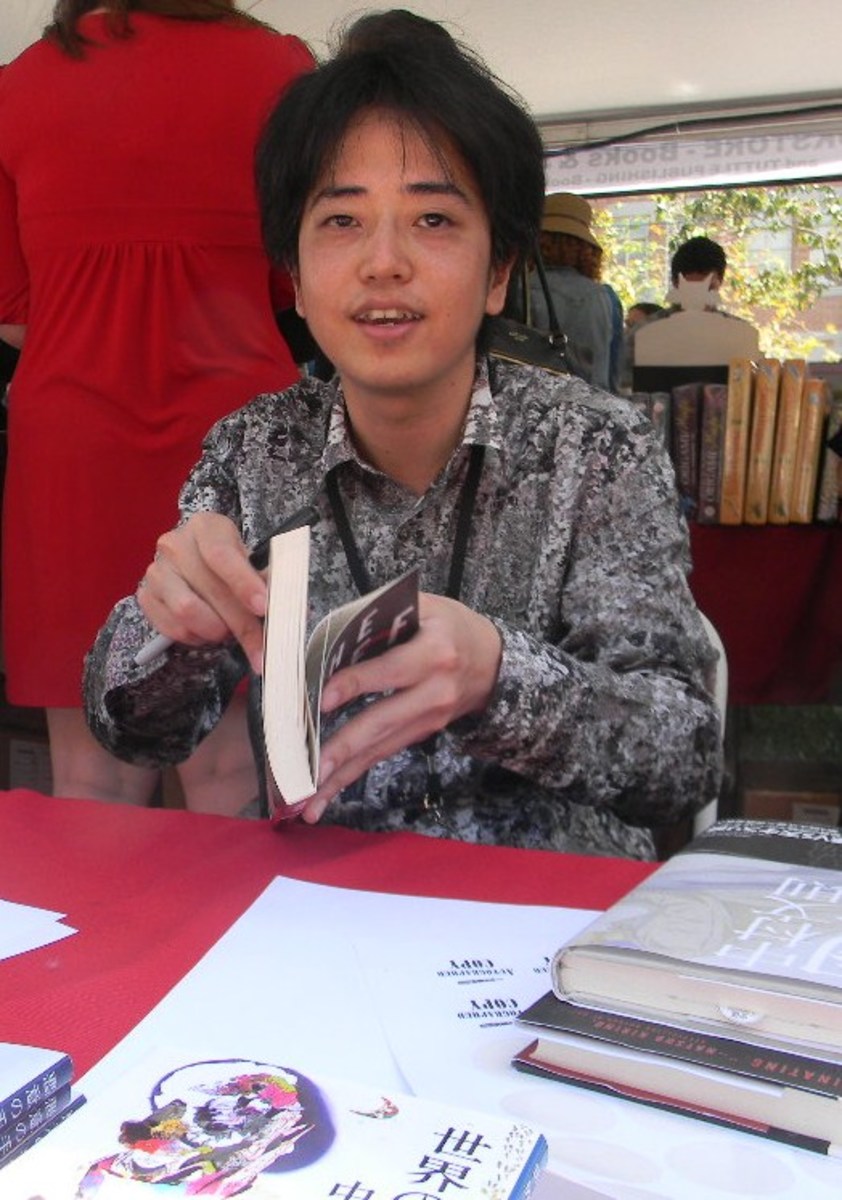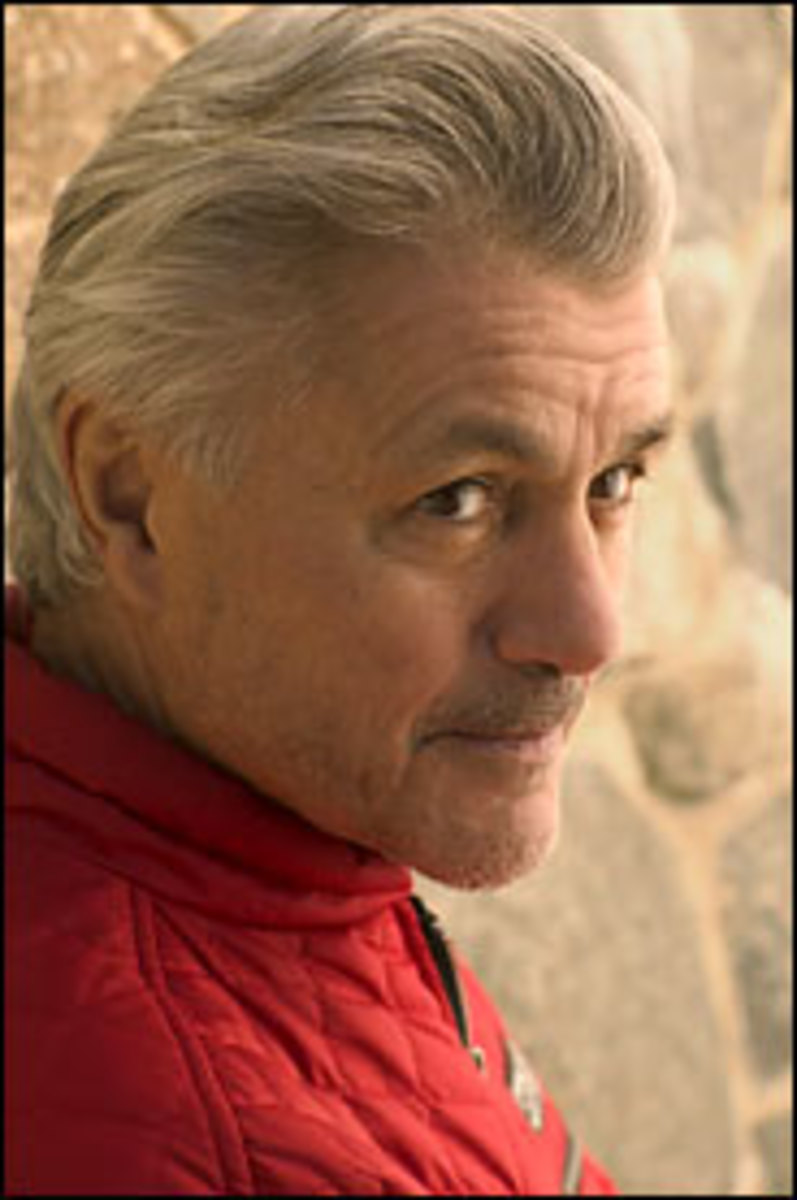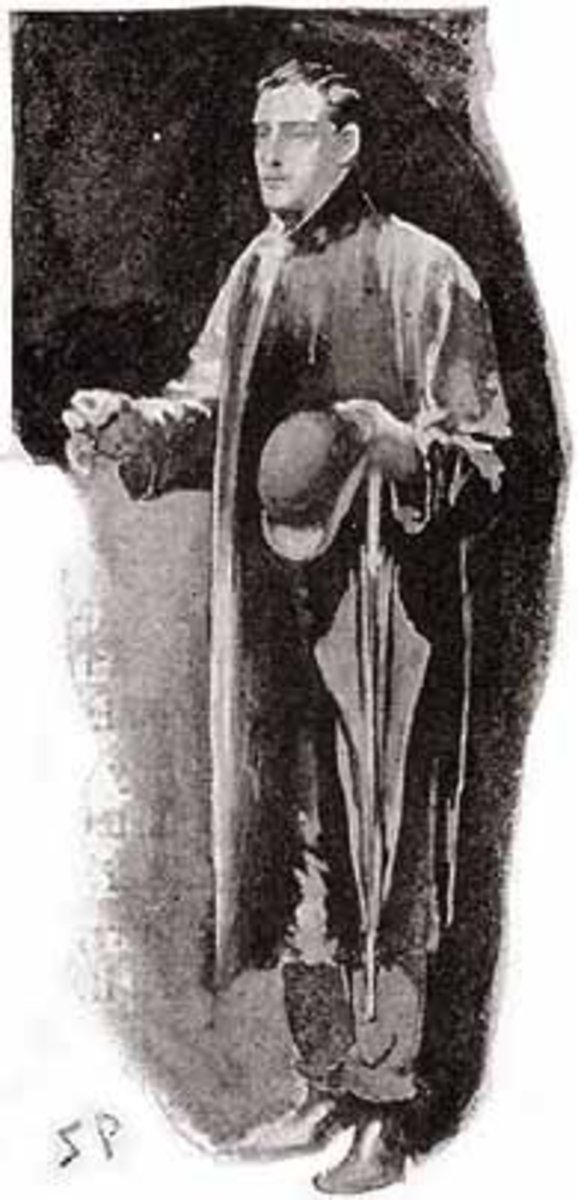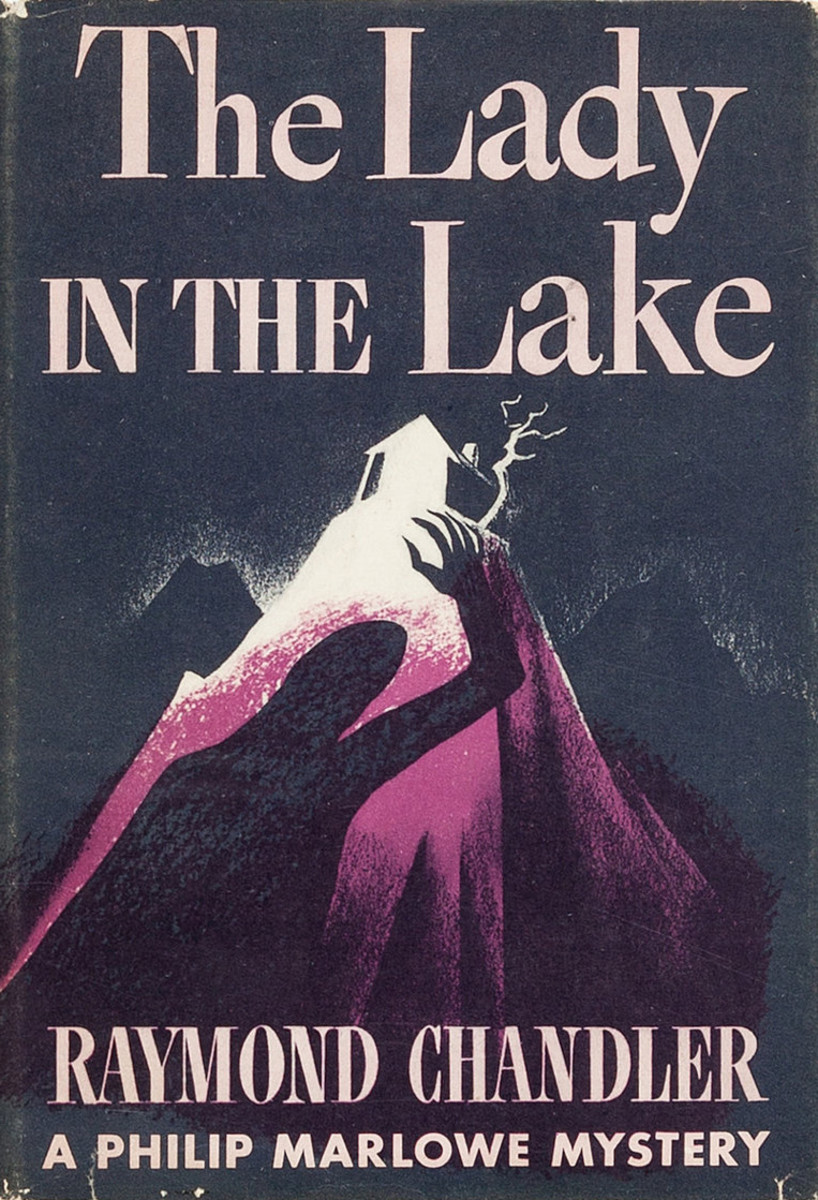The Cold Six Thousand by James Ellroy: A Book Review
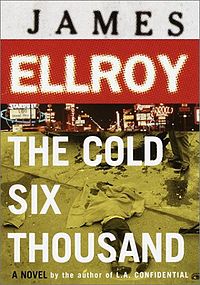
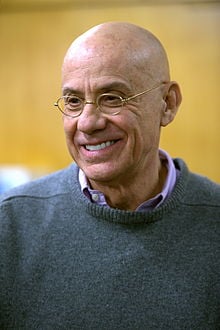
For those of you just finding this hub, and who have never read one of my reviews of James Ellroy novels, and you have never read a James Ellroy novel, let me say this: Mr. Ellroy writes hard-boiled, L.A. police procedural crime detection novels, set in the 1950s. I like to say that the formula for one of these novels is: Take Criminal Minds (the television show about FBI agents with the Behavioral Analysis Unit, who profile and track down serial killers) and cross it with The Shield (the television show about a unit of corrupt cops), and set the whole thing in 1950s Los Angeles, and then hold on (L.A. Confidential, White Jazz, The Big Nowhere, the novella Dick Contino's Blues, and so on).
Also, let me say this---for those of you who have never read a review by me--: The purpose of this review is not to give my personal opinion (positive or negative, or 'critical') about the book. (If I am writing about it, here on HP, you may assume that I generally like the book and recommend it; you can just about take that for granted unless I go out of my way to state otherwise).
So, what exactly is the purpose of this review, then?
What I attempt to do is, somehow, give you a picture of what you (whoever 'you' may be) will be in store for, should you decide to go to the bookstore and buy this book or even check it out from your local public library, and read it. What my reviews try to achieve, within a limited space, is answer the question: What IS this book?
You see, what I want to do is, sort of, 'reverse engineer' the book, if you will, to show you 'what it is made of,' so to speak. Hopefully, the schematics I lay out, here, will help you visualize the book and make an informed determination about whether or not this or that book is you 'cup of tea.' Follow me? Good.
What IS The Cold Six Thousand by James Ellroy
1. It is a six-hundred plus page novel.
2. It breaks from the formula of a James Ellroy novel that I am most familiar with (as I described it above), in that the book is Mr. Ellroy's version of, what you might call, a 'political thriller.'
3. But the term 'thriller' is not quite accurate; which begs the question: What is the correct term?
4. The book is politically-concerned, (contemporary)historical fiction. But the novel is neither a thriller nor a work of suspense as I understand and use these terms.
a)The book is not a thriller because it is not designed with the object of 'keeping you on the edge of your seat,' as it were, if you know what I mean. But of course you don't know what I mean so let me elaborate. The book is not designed to be an assemblage of constant 'thrills and chills,' and so forth; that is, we are not presented with visually colorful actions sequences (this point would become easier to see if this book were made into a movie, as Mr. Ellroy's book "LA Confidential" had been; but then again, though "The Cold Six Thousand" is a good novel, it is not, in my opinion, very cinematic). There is plenty of violence but it is never presented in a momentous fashion. The violence is presented in a more matter-of-fact way; and it is this matter-of-fact-(ness) of the presentation of the violence, in my opinion, that disqualifies this novel as a 'thriller.'
Okay?
Okay.
b) The book is not a work of suspense, as in 'Don't keep me in suspense'---because we are not dealing with the element of, what we might call, time-urgency as the backdrop of the action. You know how it is: If the hero doesn't do whatever he's supposed to do, the whole town will blow up or something.
5. You would be better off simply thinking about "The Cold Six Thousand" as a politically-concerned (contemporary) historical crime novel. SIdenote: Mr. Ellroy's police procedural crime/mystery novels are never 'thrillers' or works of 'suspense,' for the same reasons I have given which disqualifies "The Cold Six Thousand" as either such. (I'd be more than happy to elaborate on this in the comment section, if you wish).
6. This factor is true of all James Ellroy novels generally but made particularly concrete in the present book we are examining. Don't look for extended passages of 'internal dialogue' (to save time I'm going to assume we all know what internal dialogue is; but if you like, ask me about it in the comments). All of the 'thinking' is done in conversation with other characters, for the most part. Mr. Ellroy's books tend to be rather 'visual' in that way.
Do you know what I mean? Probably not.
Think of it this way: When you watch a movie, all you have to go by is what you see, what you see and hear the characters do and say, in addition to background music and special effects, if necessary. Unless it is a specifically deployed narrative device, we are not, in any way, actually exposed to the 'thinking' of any of the characters, except as it is manifested through words and actions. That's what I mean when I say that James Ellroy writes in a kind of 'visual' style.
7. This novel, The Cold Six Thousand, has a narrative style like, what I would equate to the bullet-points of a memo; and in addition to that, much of the book is written in a time-tense that I would call the experiential past tense. These two factors, combined, make for a fast-paced read.
Pause
Question: What on Earth am I talking about with the "bullet-points of a memo" and "experiential past tense" stuff?
Narrative Style: I likened Mr. Ellroy's narrative style throughout this novel, to the "bullet-points of a memo." Well, I mean it almost literally like that. The narrative is stripped-down to the bone, as it were. Let's take a look at a sample.
Let's start from the very first page of the book.
Page 1
They sent him to Dallas to kill a nigger pimp named Wendell Durfee. He wasn't sure he could do it.
The Casino Operators Council flew him. They supplied first-class fare. They tapped their slush fund. They greased him. They fed him six cold.
Nobody said it:
Kill that coon. Do it good. Take our hit fee.
The flight ran smooth. A stew served drinks. She saw his gun. She played up. She asked dumb questions.
He said he worked Vegas PD. He ran the intel squad. He built files and logged information.
She loved it. She swooned.
"Hon, what you doin' in Dallas?"
He told her.
A Negro shivved a twenty-one dealer. The dealer lost an eye. The Negro booked to Big D. She loved it. She brought him highballs. He omitted details.
And so on and so forth, throughout the entirety of the novel. See what I mean, then? Bullet-points of a memo. As you can see, Mr. Ellroy has left the old 'Once upon a time' narrative flow far behind.
What do I mean by the so-called 'experiential past tense'?
A. All novels are written in the grammatical past tense, which, of course, is entirely appropriate since we are, presumably, looking at events that have 'already' happened. What the novel is, then, is a relatively detailed recounting of events that have happened in some time past.
B. However, most novels---the vast majority of them, I should think---present themselves in the form of what I call the experiential present tense. That is to say, the story is unfurled for us as if it is happening now, before our eyes, for the first time ever. I say this because we are given 'precise' re-creations of what has been 'said' and done (including mannerisms, gestures, and other physical actions of the characters). When we see bunches of words with quotation marks around them, this, of course, is a sign that we are dealing with the 'experiential present tense.'
C. To a greater or less degree, when we are given details about characters' appearance, clothing, what kind of houses they live in, the routes they drive to go X, and so forth, this is added evidence that we are dealing with the 'experiential present tense.' It is as if the author wants us to be able to 'visualize' the story, as it were.
D. The 'experiential present tense,' though, is not the way ordinary people relate to one another and tell each other stories. Nobody has that kind of memory anymore. What we do when we sit around at coffee shops, each others' homes, and other places we get together is to tell stories in the 'experiential past tense.'
E. You are looking at what I call the 'experiential past tense' in a novel or story when you have the absence of bunches of words with quotation marks around them; and you have the absence of detailed descriptions of setting, dress and appearance of characters as well as their precise mannerism, and other descriptive details. That is how we talk to each other in real life, in person, face-to-face or over the phone, by e-mail, or whatever. Note: I am NOT leveling any criticism at fiction in general because they use the experiential present tense in telling their stories; that is standard practice and I really have nothing against it. But whenever the experiential past tense (to match the grammatical past tense) is used, speed is added to the narrative flow.
F. There are no slow or 'dragging' parts in The Cold Six Thousand. It seems to me that a big reason for this is Mr. Ellroy's liberal use of the 'experiential past tense;' he knows when it is easier and most efficient to simply summarize, generalize, and abbreviate. He uses the 'experiential present tense' selectively, meaningfully.
G. We have an example of what I think of as the 'experiential past tense' in the lines, from page 1 of the book, I quoted from above. Written another way, by another writer, in another kind of novel, with a different intent, the information conveyed in the lines I cited, would have required, perhaps, two or three more luxurious paragraphs, or one really enormous, monster of one paragraph.
Let's move on already!
8. Another feature, which goes to Mr. Ellroy's 'visual' style of writing, is the fictional re-creation of media snippets, in the form of 'newspaper' or 'magazine' articles, or 'headlines.' He may also include such things like recorded telephone calls between FBI Director J. Edgar Hoover (he is a fictionalized character in this book) and one or the other of his FBI agents provocateur (remember his crusade against the black civil rights movement and his leaders). You may also see the re-creations of 'memos' flying in all directions. These things are given the general name, by the author, of 'document insert. You find this in all of Ellroy's novels.
Finally, What is The Cold Six Thousand all about?
Before we get to that, I just want to mention one thing. Whenever we can learn anything at all about how an author sees his own work, we should seize it like a golden key.
In a previous Ellroy review, I did, of a book called Hollywood Nocturnes, I quoted Mr. Ellroy as saying that he considered himself an author who pens ambiguous stories.
What does that mean?
To answer that question, we need only read the summarizing blurb at the back of the book to get a real good idea.
From the back of the book:
"IN THIS SAVAGELY audacious new novel, James Ellroy plants a pipe bomb under the America of the 1960s, lights the fuse, and watches the shrapnel fly. On November 22, 1963, three men converge in Dallas. Their job: to clean up the JFK hit's loose ends and inconvenient witnesses. They are Wayne Tedlow, Jr., a Las Vegas cop with family ties to the lunatic right; Ward J; Ward J. Littell, a defrocked FBI man turned underworld mouthpiece; and Pete Bondurant, a dope-runner and hit man who serves as the mob's emissary to the anti-Castro underground.
"It goes bad from there. For the next five years these night riders run a whirlwind of plots and counterplots: Howard Hughes's takeover of Vegas, J. Edgar Hoover's war against the civil rights movement, the heroin trade in Vietnam, and the murders of Martin Luther King, Jr. and Bobby Kennedy."
Now then, to wrap up
If you should decide to read this book, The Cold Six Thousand, you will find the story to be 'ambiguous' (again, as the author himself, describes his own work), but that is not a weakness. As I said, this is a (contemporary) historical novel; and it happens to be about a time and event of national tragedy that continues to be enshrouded in controversy. Therefore, it is impossible to pull out of that, any story with a traditionally clear cut 'beginning, middle, and end.'
Take care and thank you so much for reading.
